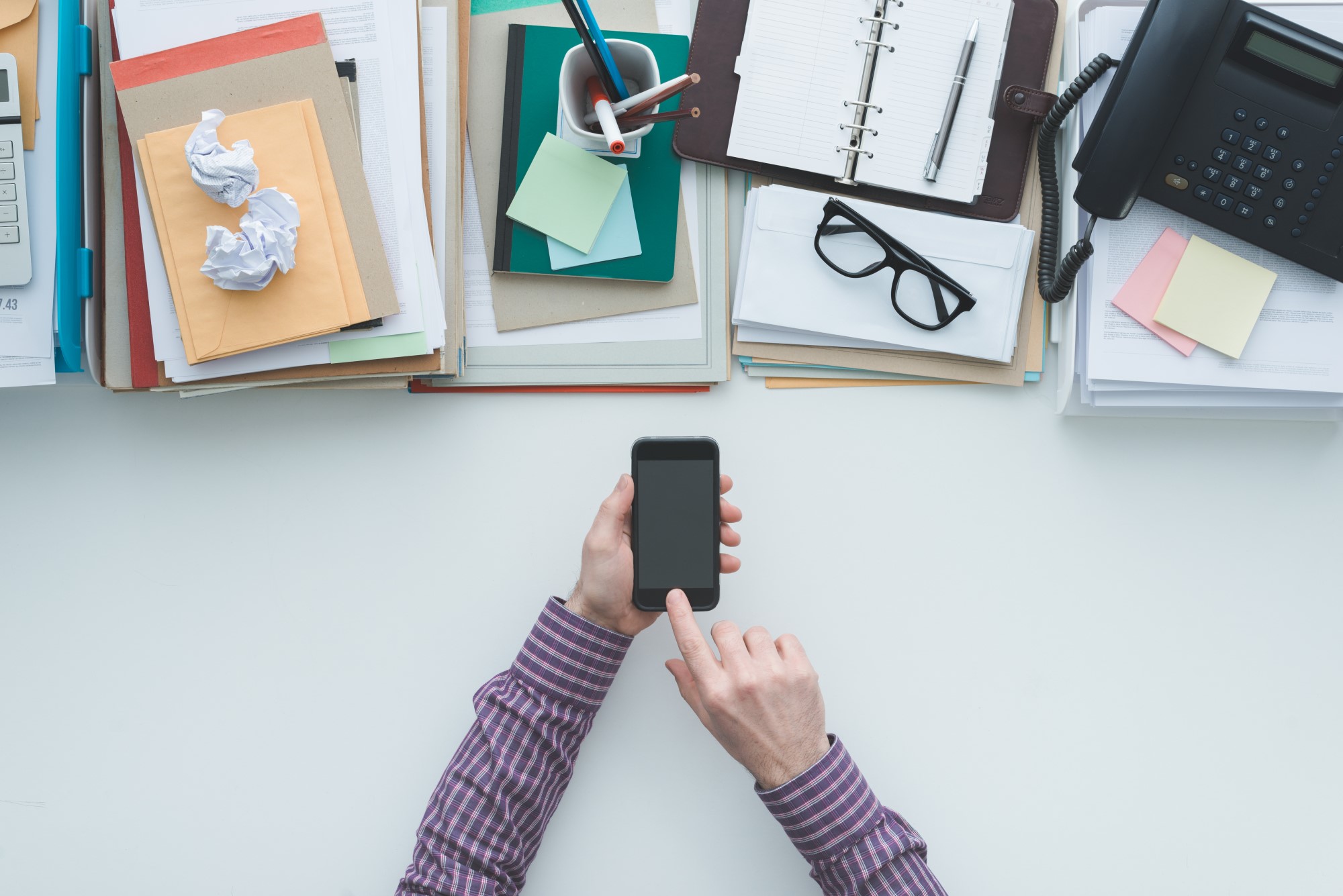Budgeting Tips from one of our Former Financial Coaches, Hope Johnson
If you need help getting your personal finances under control and sitting down with pen and paper and your bank statements just doesn’t sound appealing (and let’s be honest here, it doesn’t) – then a budgeting app may be just what you’re looking for.
Now I won’t lie. I’m a big fan of the “old school’ method of budgeting: pen, paper, and calculator. Of course, I also happen to still like Disco music. (don’t judge!) There is nothing like seeing all of your spending, added up in black and white in your own handwriting to open your eyes to the condition your money is in.
But if an app will get you to a budget – hey, I’m all for it. And there’s no shortage of apps to choose from these days. Just Google “budget apps” and you’ll see what I mean. In fact, I’d bet you $100 you’d spend more time researching apps than it would take you to actually do a budget. So let’s just cut right to the chase and look at some of the best apps – in no particular order – available right now.

#1 Mint
Mint is one of the oldest and probably best known of the available budgeting apps. It’s owned by Intuit, the same company that makes both Quickbooks and TurboTax. So it knows a lot about keeping financial records and keeping financial records safe – a very important consideration since you’re going to be hooking your bank account, credit cards, even your PayPay account up with the app. It takes a little time to set all that information up to start with, but it’s worth the effort because now all of your financial information is available to see in a quick glance.
Mint offers several features to help you keep you on top of your money. Sure it can help you set up a budget for the month, but it also allows you to keep track of your day-to-day spending. You can check your balances; track your spending by category (like, say, eating out); and alert you when you’re going over your budget. You can also set up alerts to remind you when bill payments are due. Even set it up to alert you when your funds are running low so you know what you can pay – and what you can’t.
It’s fairly easy to use, you can personalize it for your goals and spending habits and – best of all – it’s free.
That being said, it isn’t all rainbows and unicorns. So a few things to keep in mind as you’re comparing what app will work best for you:
- Online Only. The app only works when you’re online. It’s looking for and updating your information in real-time, so if you’re not connected – neither is it.
- It can be a little Overwhelming. There are a lot of useful tools here, yes. But the more you use, the more work it’s going to be. And while alerts can be great, this app tends to overdo the notifications. Which can be very annoying.
- Overall, the biggest concern with Mint is that the app is using your name and password to directly access your bank and credit card accounts (otherwise it couldn’t give you all that nifty real-time info, now could it?). And since you’ve given Mint your banking information, banks and possibly credit cards won’t reimburse you for any fraud or stolen funds that may result from that. In fact, your bank could refuse to reimburse other forms of fraud on your account because, essentially, you chose to give out your information.
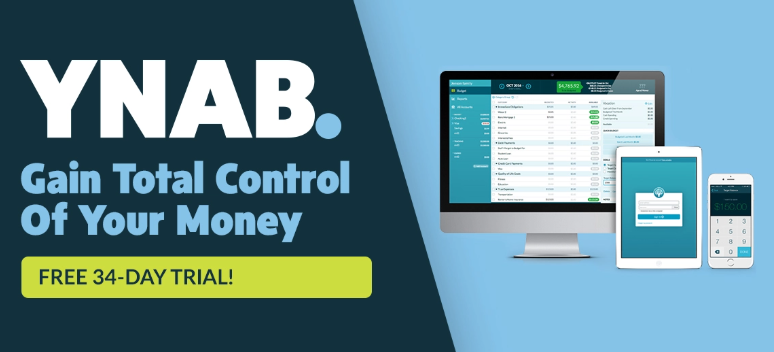
#2 You Need A Budget (YNAB)
YNAB has some true die-hard fans and there’s a reason for that. Signing up for YNAB is a little like having a mini-financial coach in your phone. They bill their service as a way of life really, based on four rules:
- Give every dollar a job (what’s known as a zero-dollar budgeting)
- Consider ALL your expenses and possible expenses (putting money away for yearly or emergency bills)
- Adjust as needed/wanted (It’s your money, want to spend a bit more this month on eating out? Fine, just figure out what you want to spend less on.)
- Age your money. (Which basically refers to spending less than you earn so you can gradually get ahead of your bills)
Like with Mint, you’ll be hooking the app up with your bank and credit card information. And again, you’ll have access to track your spending every day. But YNAB offers a chance to go beyond just basic budgeting for this month or next. YNAB offers goal-tracking tools to help you plan for and reach your next big thing, whatever that is for you – paying off debt, saving for a home, taking a vacation. Plus, the app offers free online classes to help you learn more about managing your money as well as live support if you have questions.
Of course, we here at Prosperity Connection (shameless plug) offer free classes and live ‘support’ too– we just won’t fit in your pocket. To be clear, YNAB’s “free” classes are only available to subscribers. And – you guessed it – a subscription costs money. But at just $84/year (billed annually) it’s still a good deal. And YNAB offers a 34-day free trial so you’ll have a chance to see if it works for you.
As far as Cons…
- Well, there is that pesky fact that you’ll be giving out your very personal, very private banking information.
- And the fact that it’ll cost you money
- And the fact that it’s a little more involved than your basic budget. You’re going to be thinking about goals; there will be charts and graphs and classes… oh my! It’s all good, but it can also be a bit much.
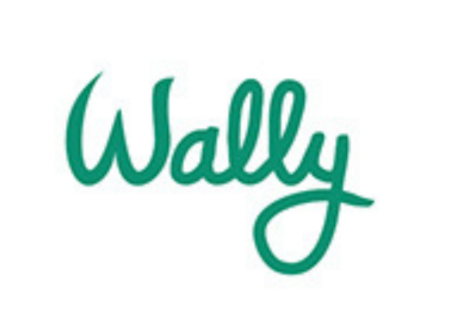
#3 Wally
Wally (the designers were probably trying to be cute) isn’t the easiest of the budget apps to use. Which is a little odd – because it’s one of the cleanest, simplest looking pages and the information is easy to read. It’s just that the buttons don’t always do what you think they will – which is more a labeling or wording issue than anything really wrong with the app. It just takes a little getting used to.
While there are a few frills you can play with, Wally was really built for one thing – budgeting. It tracks your income; it tracks your spending. It shows you what’s left. Simple and to the point. Plus, the app allows you to manually enter your spending or just snap a picture of your receipt. What’s more simple than that(of course, you’ve got to remember to take the picture)?
One other nice thing about Wally is that you aren’t required to connect your bank account to the app. Just enter your starting balance and then add your spending along the way. A little more work, but no security risks.
Overall, a clean low-risk option. It’s not sexy, but it gets the job done. And speaking of not being ‘sexy’… let’s look at:
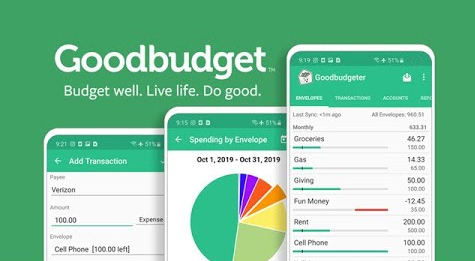
#4 GoodBudget
GoodBudget is the digital equivalent of one of the oldest, most traditional (and one could argue most effective) types of budgeting – the “envelope” system.
Yep, it’s exactly what it sounds like. You have an amount of money. You divide that up into different envelopes marked “rent,” “groceries,” “phone,” “utilities,” etc. When it’s time to pay those bills, you pull out the envelope and use that – and only that – money. And when the envelope is empty… well, it’s empty.
GoodBudget is set up the same way. You tell it how much money you have. You assign ‘envelopes’ for your expenses (there are several categories that come pre-loaded such as rent, groceries, car payment and the like but you can add more) and you tell it how much you’re putting in that envelope. Then as you spend the money you enter in the amounts and the app basically counts you down.
It’s not so much tracking your spending as ‘planning’ for your spending. And there’s a big difference in those two things. Planning puts you in control of your money, not the other way around.
Like Wally, you won’t be physically hooking your banking or credit card information to the app, so you don’t have to worry about security. You’ll enter in your balances when you create your account and then enter in the money as you spend it – either on your phone or from your computer.
Finally, GoodBudget has both a free and a paid version. The set up for both is the same but the free version allows one account (like a checking account) and up to 20 envelopes while the paid version ($60/year) allows unlimited accounts and envelopes. So you could add your checking account, your husband’s checking account, your PayPal account, your savings – well, you get the idea.
Their website also features easy to follow tutorials as well as a few free online classes.
The downside? It’s up to you to enter the information so it’s more high-maintenance. Of course, the upside to that is that the more you interact with your money the more aware of your spending you’ll be!
And last but not least,
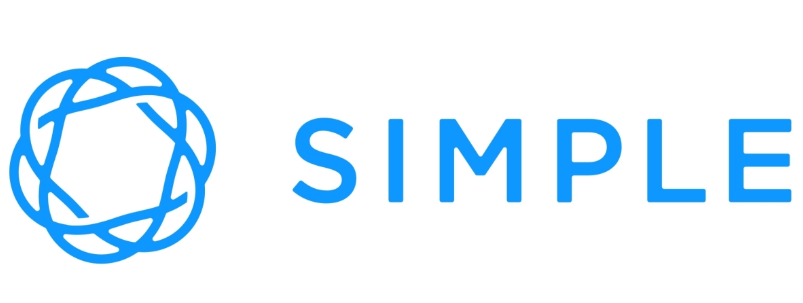
#5 Simple
Simple is not just an app for managing your budget. It’s actually a bank account with budgeting features built-in.
Federally insured by the FDIC, Simple is a free checking account with a Visa debit card. You can set up direct deposit or transfer money from another account and then set amounts to be automatically set aside from each deposit for paying bills or towards a savings goal, like Christmas, a car, or a down payment on a home. Simple will even help you plan out how much you need to set aside in order to reach a goal in a specific time frame. And Simple’s savings accounts are currently earning 1.55% APY – which is higher than a lot of regular banks’ savings accounts. You can even open a CD or apply for a loan.
So what’s the downside?
Well, it’s an online bank account without a local branch. So it’s not as simple as just stopping by the bank if you have a question or a problem. And while you do have a debit card, there may be ATM fees if you’re not using one of their ATM machines.
And it is a bank account – so you’ll have to qualify in order to open one.
The question really is do you NEED a bank account? If so, then Simple might be a great option. Or if you want to set up a separate account to help you save towards a specific goal or set of goals, then this could be a good choice. But if you’re just wanting a budget app, you might want to check out the other apps first.
Whatever budget app you decide on, good for you. Having a budget helps you make the most of every dollar you earn. Hey, you worked hard for that money. Make sure your money is working just as hard for you!

